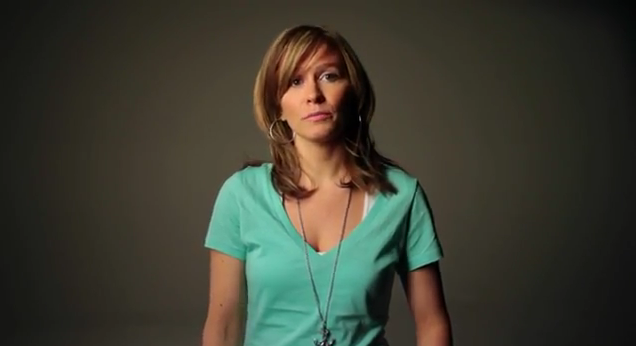During my MBA I have taken several classes on strategy, one of my most enjoyable was the strategic simulation course. Teams are pitted against each other in a simulated world and are judged on how well they perform in a particular industry. Two of the key things I took from the Fall 2011 class were:
- Focus on the strategy not just on the financials.
- Depend on operational excellence
Focus on the Strategy
One of our failings was that when our strategy was going well we were tempted to deviate from our strategy in an effort to capitalize on the strength we had built up in the market. For example at one point with our low cost base we were operating profitably in one market without competition who could undercut us without them losing money. We took advantage of this to drive out competitors. We then decided to raise prices substantially only for a new competitor entered the market and undercut us. We came back into the market with aggressive, but profitable, prices and won back our market share. Later in the game this competitor responded by lowering their prices below cost in an effort to damage us financially. If we had not seceded this market by raising our prices and instead stuck with our strategy I think it would have made the market less attractive to others and prevented some of the aggressive moves that occurred.
Operational Excellence
One of the keys of our strategy in the game was to invest in quality and operational efficiency. We tried to lead the industry on capacity and so we could leverage our fixed costs and cumulative quality investments over a larger number of products, thus lowering our variable costs per item and keeping a low cost base. Ensuring our operational decisions were always aligned with our strategy allowed us to be really efficient and operate at levels other companies couldn’t approach cost wise.
